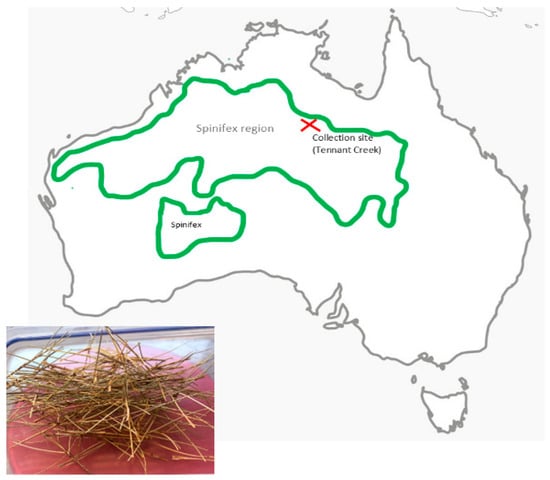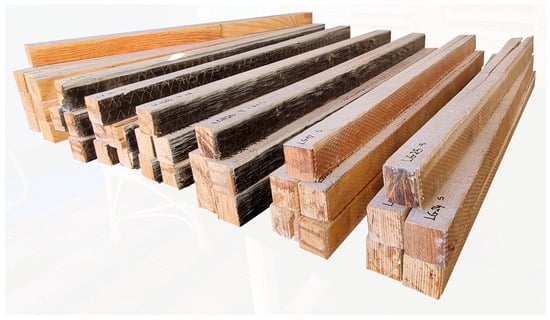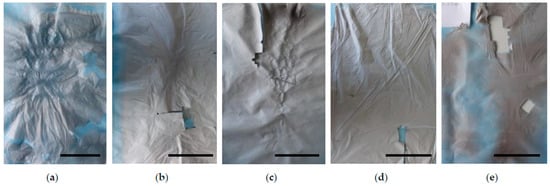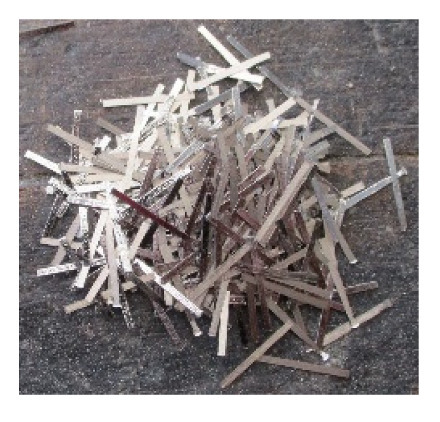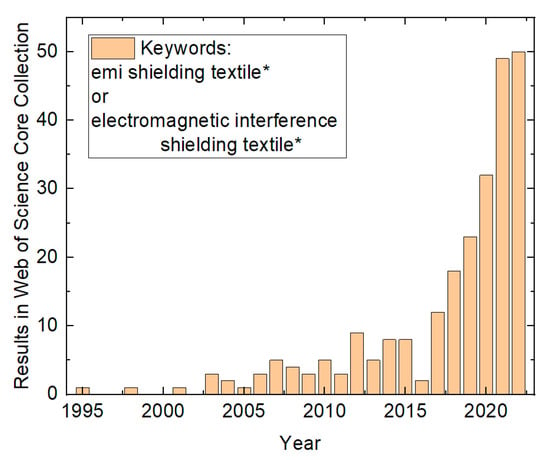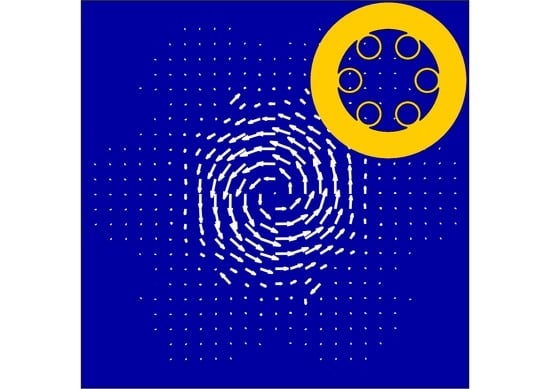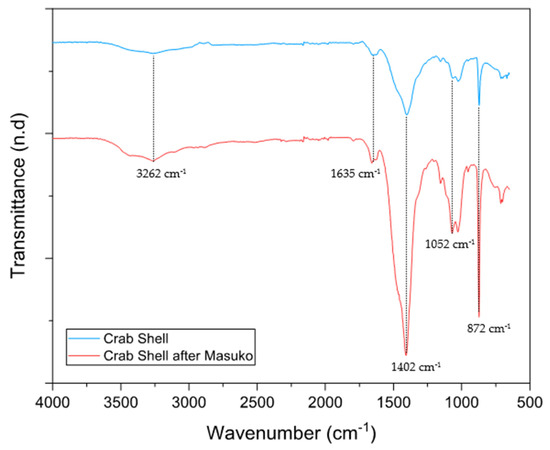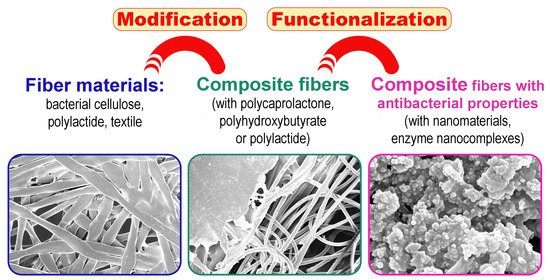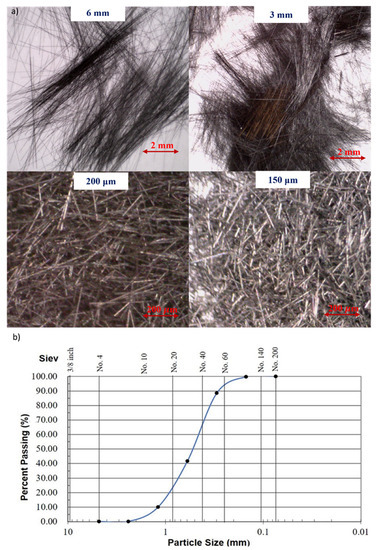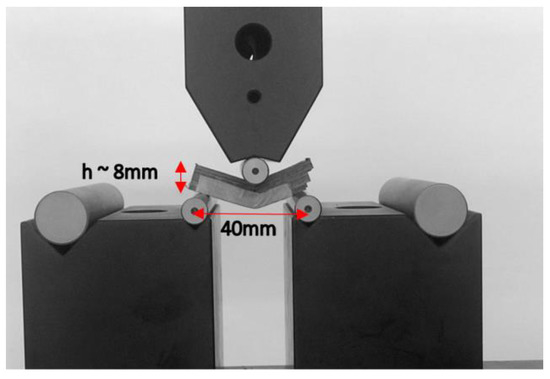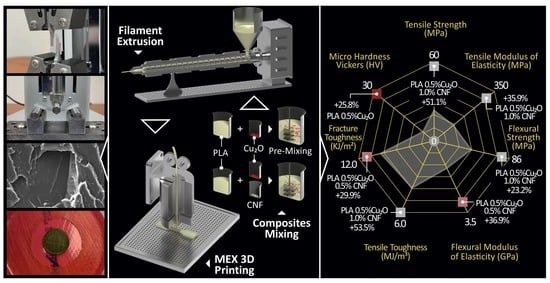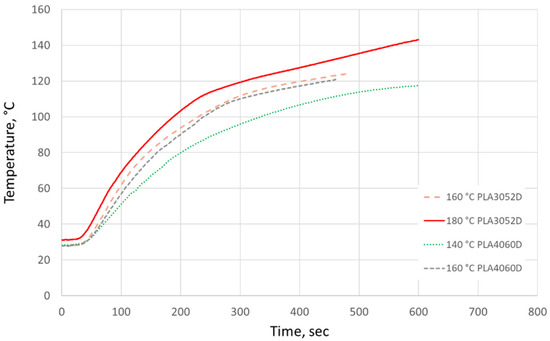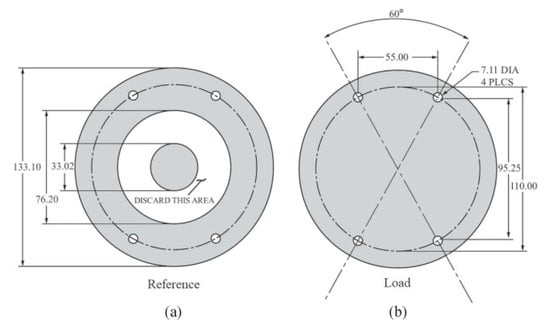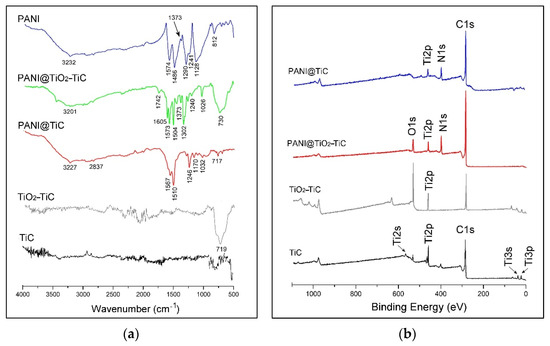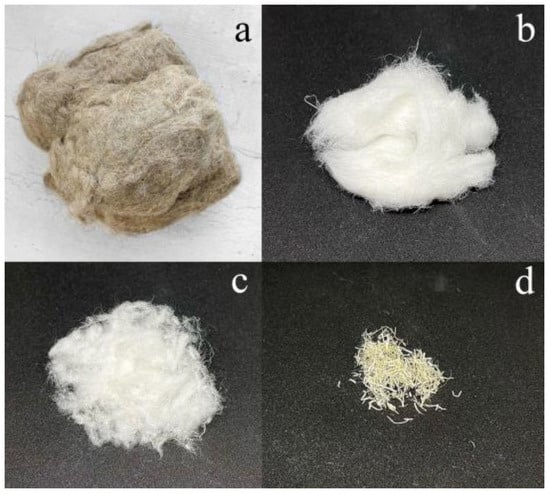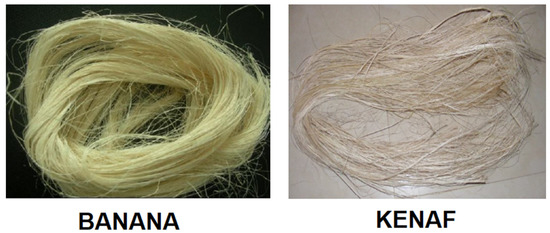Feature Papers in Fibers
A topical collection in Fibers (ISSN 2079-6439).
Viewed by 100661
Editors
Interests: nanomaterials; biomaterials for tissue regeneration; wound-dressings; antimicrobial activity; biomimetic materials; biogenic calcium sources; composite scaffolds
Special Issues, Collections and Topics in MDPI journals
Interests: nanbiomaterials; nanofibers; biofibers; drug delivery and targeting; 3D-printed materials
Special Issues, Collections and Topics in MDPI journals
Topical Collection Information
Dear Colleagues,
As Guest Editors, we are pleased to announce this Special Issue, entitled “Feature Papers in Fibers”. This Special Issue is dedicated to chemical engineers, materials scientists, biochemists, chemical manufacturers, and other research specialists with specific interests in fiber applications in textile, civil engineering, composites, medical treatment, construction, biology, environment, communications, sensors, transport, sport, etc.
This collection aims to highlight recent advances or new cutting-edge developments in the field of fibers by publishing high-quality reviews and original papers from editorial board members, guest editors, leading researchers, and outstanding scholars invited by the Editorial Board and the Editorial Office.
The potential topics include but are not limited to evaluation of the physical, chemical, and engineering properties of fibrous materials and their applications, natural (plant, animal, mineral) or synthetic fibers, and fiber-reinforced composite materials.
Dr. Ionela Andreea Neacsu
Dr. Alexandru Mihai Grumezescu
Collection Editors
Manuscript Submission Information
Manuscripts should be submitted online at www.mdpi.com by registering and logging in to this website. Once you are registered, click here to go to the submission form. Manuscripts can be submitted until the deadline. All submissions that pass pre-check are peer-reviewed. Accepted papers will be published continuously in the journal (as soon as accepted) and will be listed together on the collection website. Research articles, review articles as well as short communications are invited. For planned papers, a title and short abstract (about 250 words) can be sent to the Editorial Office for assessment.
Submitted manuscripts should not have been published previously, nor be under consideration for publication elsewhere (except conference proceedings papers). All manuscripts are thoroughly refereed through a single-blind peer-review process. A guide for authors and other relevant information for submission of manuscripts is available on the Instructions for Authors page. Fibers is an international peer-reviewed open access monthly journal published by MDPI.
Please visit the Instructions for Authors page before submitting a manuscript. The Article Processing Charge (APC) for publication in this open access journal is 2000 CHF (Swiss Francs). Submitted papers should be well formatted and use good English. Authors may use MDPI's English editing service prior to publication or during author revisions.
Keywords
- natural fibers (plant, animal, mineral)
- synthetic fibers
- fiber preparation and processing
- fiber properties
- fiber characterization
- industrial applications
- biomedical applications
- sustainable fibers
- electrospinning










